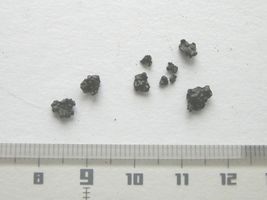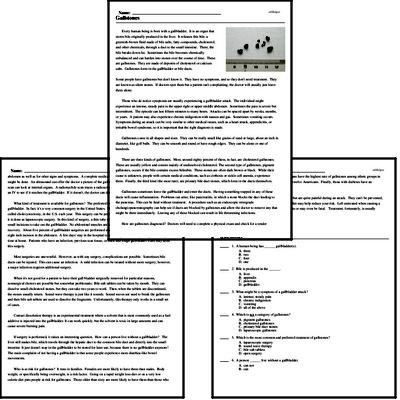Gallstones
Every human being is born with a gallbladder. It is an organ that stores bile originally produced in the liver. It releases this bile, a greenish-brown fluid made of bile salts, fatty compounds, cholesterol, and other chemicals, through a duct to the small intestine. There, the bile breaks down fat. Sometimes the bile becomes chemically unbalanced and can harden into stones over the course of time. These are gallstones. They are made of deposits of cholesterol or calcium salts. Gallstones form in the gallbladder or bile ducts.
Some people have gallstones but don't know it. They have no symptoms, and so they don't need treatment. They are known as silent stones. If doctors spot them but a patient isn't complaining, the doctor will usually just leave them alone.
Those who do notice symptoms are usually experiencing a gallbladder attack. The individual might experience an intense, steady pain in the upper right or upper middle abdomen. Sometimes the pain is severe but intermittent. The episode can last fifteen minutes to many hours. Attacks can be spaced apart by weeks, months, or years. A patient may also experience chronic indigestion with nausea and gas. Sometimes vomiting occurs. Symptoms during an attack can be very similar to other medical issues, such as a heart attack, appendicitis, or irritable bowel syndrome, so it is important that the right diagnosis is made.
Gallstones come in all shapes and sizes. They can be really small like grains of sand or large, about an inch in diameter, like golf balls. They can be smooth and round or have rough edges. They can be alone or one of hundreds.




